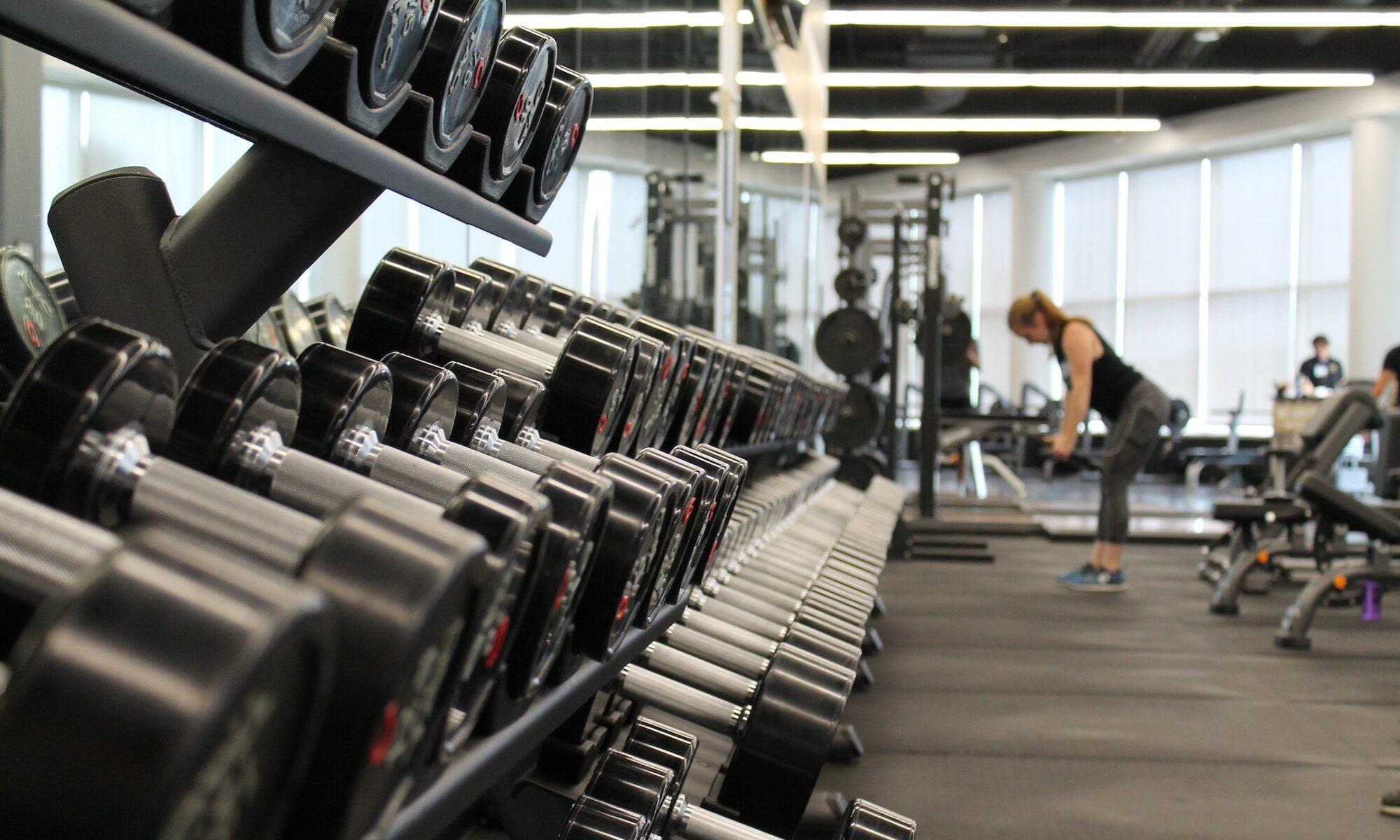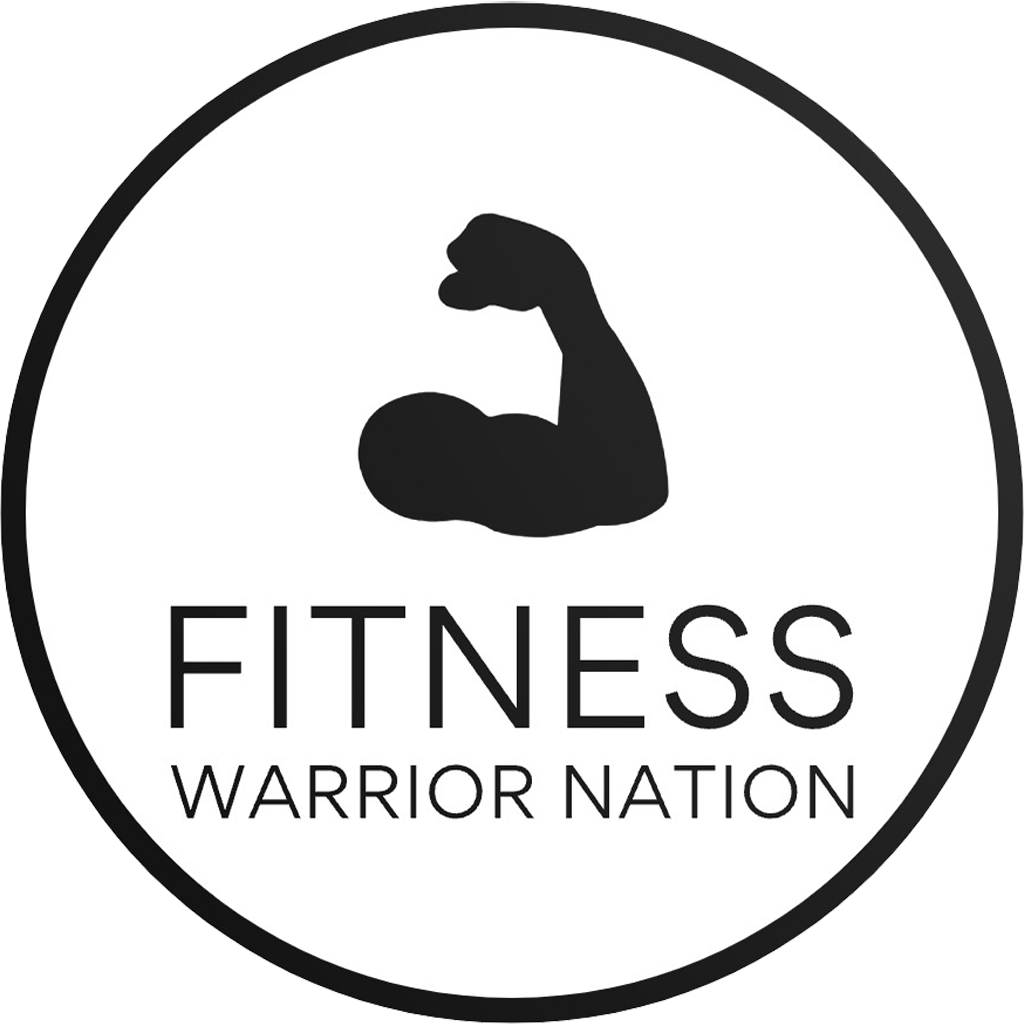Crafting the Ultimate Workout Routine: Expert Strategies for Success in 2025
As fitness evolves in 2025, developing a personalized workout routine remains the cornerstone of achieving your health and aesthetic goals. Whether you aim to build muscle, shed fat, improve endurance, or simply enhance your overall well-being, understanding the intricacies of designing an effective plan is essential. This comprehensive guide walks you through expert-backed strategies, incorporating modern trends and proven practices from leading brands like Nike, Adidas, and Under Armour, ensuring your fitness journey is both efficient and sustainable.
In a landscape flooded with workout options—from virtual classes on Peloton and Beachbody to innovative routines from Fitness Blender and Daily Burn—finding what truly works for your body can be overwhelming. This guide synthesizes the latest insights into actionable steps, helping you avoid common pitfalls, embrace diversity, and stay motivated for long-term success. Are you ready to transform your approach and tailor your fitness plan to your unique needs? Let’s begin by laying a solid foundation for your journey.
Defining Your Fitness Goals: The First Step to Tailored Success
Setting clear and specific goals acts as the blueprint for your entire fitness journey. Without a well-defined target, motivation can wane, and efforts become scattered. Whether your aim is to increase strength, improve cardiovascular health, or prepare for a competitive event in 2025, identifying what you want to achieve shapes every subsequent decision.
Experts recommend adopting the SMART criteria—making goals Specific, Measurable, Achievable, Relevant, and Time-bound. For example, instead of vague ambitions like “get fit,” choose concrete objectives such as “gain 10 pounds of muscle within six months” or “run a half marathon by September 2025.”
Consider your current lifestyle, commitments, and preferences. Do you prefer gym workouts, outdoor activities, or home routines? Do you have any health conditions to consider? Documenting your goals creates accountability and clarity, enabling a more focused and strategic training plan.
Examples of well-structured goals include:
- Increase upper body strength by improving bench press weight by 20% in 5 months.
- Lose 15 pounds of fat while maintaining muscle mass over the next 6 months.
- Improve flexibility and reduce stress through a daily yoga practice for 30 minutes each morning.
- Prepare for a specific athletic event scheduled for late 2025.
For further guidance, check out detailed goal-setting frameworks on our comprehensive workout planning resource.
Assessing Your Current Fitness Level: The Critical Baseline
Understanding where you stand physically is fundamental to designing a sustainable and progressive workout plan. An accurate assessment prevents overexertion, reduces injury risk, and highlights areas needing improvement. In 2025, advancements in fitness tech—such as smart wearables from Under Armour and Peloton’s integrated sensors—make this process easier than ever.
Begin by evaluating key parameters: strength, endurance, flexibility, and body composition. Simple tests include timed push-ups, plank holds, or vertical jumps. Combine these with body measurements and weight to get a comprehensive picture.
For a more detailed analysis, consider professional assessments like VO2 max testing, mobility screenings, or metabolic analysis available at gyms equipped with latest equipment. Comparing your data with benchmarks from sources like fitness experts helps determine realistic targets and necessary adjustments.
Practical steps for evaluating your fitness level:
- Record your current weight and body measurements.
- Perform a series of functional tests—such as sit-and-reach, push-ups, or 1RM lifts for major muscle groups.
- Monitor heart rate responses during regular activity to gauge cardiovascular health.
- Use tracking apps or wearables for data collection over a week.
Regular reassessment every 4-6 weeks ensures your program remains aligned with your evolving capabilities and goals.
| Assessment Parameter | Ideal Benchmark in 2025 | Tools & Methods |
|---|---|---|
| Body Composition | 15-20% body fat for active adults | DEXA scan, smart scales from Pumas or Beachbody |
| Cardiovascular Fitness | VO2 max above 45 ml/kg/min for men, 40 for women | Fitness tests via Peloton or Garmin devices |
| Muscular Strength | 1RM increases of 10-20% depending on experience | Standard weightlifting equipment, guided assessments |
Selecting Workout Activities Aligned with Your Goals in 2025
Next, choosing activities that resonate with your goals, preferences, and health considerations ensures adherence and prevents burnout. In 2025, the fitness industry continues to diversify, with options ranging from traditional weightlifting routines to innovative virtual classes offered by platforms like Beachbody, or immersive experiences with Peloton and Gymshark challenges.
Factors influencing your choice include your physical capabilities, available equipment, and personal interests. For example, if muscle gain is your priority, classic resistance training from Reebok or Nike’s training gear can be combined with modern apps for guided routines. For cardiovascular improvements, HIIT sessions, cycling with Peloton, or outdoor running are highly effective.
Embracing variety prevents plateaus and maintains motivation. You might alternate between strength workouts, cardio, mobility sessions, or even dance-based classes available on platforms like Fitness Blender or TikTok fitness creators targeting 2025 trends.
Examples of activity combinations:
- Strength and hypertrophy: Free weights, resistance bands, and machines from Nike and Adidas.
- Cardio enhancement: Running, cycling, or rowing with Peloton or outdoor trail runs.
- Flexibility and balance: Yoga or dynamic stretching via Yoga guides.
- High-intensity routines: Bodyweight circuits, CrossFit style, or high-intensity classes on Daily Burn.
Integrate exercises from reputable brands, ensuring quality gear from Under Armour or Puma enhances safety and effectiveness during workouts.
Sample weekly activity schedule:
| Day | Focus Area | Activities |
|---|---|---|
| Monday | Upper Body Strength | Weightlifting from Nike or Reebok |
| Tuesday | Cardio & Endurance | Peloton cycling or running outdoors |
| Wednesday | Mobility & Flexibility | Yoga or dynamic stretches from Fitness Blender |
| Thursday | Lower Body & Core | Resistance training with Gymshark or Adidas |
| Friday | High-Intensity Intervals | Bodyweight circuits or CrossFit-style routines |
| Saturday | Active Rest & Fun | Outdoor hike, sports, or dance classes |
| Sunday | Recovery & Recovery | Stretching and light yoga with guided routines from Fitness Blender |
Structuring Your Weekly Routine: Balancing Workouts and Recovery in 2025
A well-structured weekly plan balances intense sessions with adequate rest, allowing your body to recover and adapt. In 2025, this balance is more accessible thanks to smart scheduling tools and fitness apps from partners like Nike Training Club and Daily Burn, which offer customizable workout plans tailored to your goals and lifestyle.
Typically, a balanced routine involves 3-5 days of focused training interspersed with active recovery or complete rest days. The principle of variation—alternating between strength, cardio, mobility, and recovery—prevents overtraining and maintains motivation over the long term.
Implementing a macro-cycle approach, where each month has specific focus areas, ensures progressive overload and continuous improvement. For example, January could emphasize hypertrophy, followed by endurance in March, with deload weeks integrated periodically.
Tips for effective weekly planning:
- Alternate muscle groups to allow recovery (e.g., push muscles one day, pull muscles the next).
- Incorporate at least one active recovery day; activities could include walking, stretching, or yoga from Yoga resources.
- Use digital planners or apps from brands like Peloton or Gymshark to set reminders and track progress.
- Schedule high-impact sessions early in the week when energy levels are highest.
- Respect your body’s signals; if soreness or fatigue persist, allow additional rest or adjust intensity.
Optimized planning ensures consistent progress, reduces injury risk, and keeps your motivation high in the dynamic fitness landscape of 2025.
| Day | Workout Type | Expected Benefits |
|---|---|---|
| Monday | Strength Training | Muscle gain and metabolic boost |
| Tuesday | Cardio | Heart health and endurance |
| Wednesday | Mobility & Flexibility | Injury prevention and improved movement |
| Thursday | High-Intensity Intervals | Fat burning and cardiovascular efficiency |
| Friday | Active Recovery or Rest | Muscle repair and stress relief |
Progressive Overload and Nutritious Support to Sustain Gains in 2025
To ensure continuous improvement, embracing progressive overload—the gradual increase of training stress—is vital. In 2025, technology from brands like Nike and Puma offers tools to fine-tune this process, such as tracking devices and customizable workout apps that adapt as your strength and endurance grow.
Methods to apply progressive overload include increasing weight, volume, intensity, or complexity of exercises. For instance, attempting heavier lifts from Reebok, or adding more repetitions and sets, pushes your muscles to adapt and grow. Simultaneously, integrating proper nutrition maximizes recovery and muscle synthesis.
Nutrition in 2025 emphasizes personalized meal plans, leveraging data from smart devices and apps to optimize protein intake, carbohydrate timing, and micronutrient balance. Brands like Beachbody and Fitness Blender provide rich resources to craft diet plans that complement your training intensity and goals.
Key principles for progression and nutrition:
- Gradually increase resistance or workout volume every 2-3 weeks.
- Include deload weeks to prevent overtraining and promote recovery.
- Support workouts with adequate protein (1.2-2.0 g/kg body weight), focusing on lean sources like chicken, fish, and plant-based proteins.
- Optimize meal timing around workouts using apps from Peloton or Daily Burn to ensure energy availability and recovery.
- Monitor your progress with fitness trackers and adjust based on performance data.
Taking a science-backed, strategic approach guarantees steady progress while minimizing injury risks, setting the stage for long-term health and achievement.
| Progression Method | Description | Optimal Monitoring Tools |
|---|---|---|
| Increase Resistance | Gradually add weight or resistance bands to exercises | Smart weights, guided routines from Nike Training |
| Enhance Volume | Increase repetitions or sets over time | Workout logs, fitness apps like Fitness Blender |
| Refine Exercise Complexity | Advance to more challenging movements (e.g., from knee push-ups to full push-ups) | Video tutorials, coaching feedback |
Incorporating Variety, Fun, and Social Motivation in Your 2025 Fitness Regimen
Maintaining interest and motivation over the long haul depends heavily on introducing variety and social elements into your workouts. Modern platforms like TikTok fitness communities, Instagram influencers, and interactive classes ensure your routine remains fresh and engaging.
Research indicates that variety can prevent plateaus, reduce boredom, and enhance overall adherence. Incorporate different modalities such as dance classes via Fitness Blender, outdoor sports, or virtual competitions with friends from platforms like Gymshark or Beachbody.
Social support plays a pivotal role. Participating in group challenges, virtual races, or workout groups built around your favorite brands makes consistent effort more enjoyable. Sharing progress on social media, following fitness influencers, or joining brand-specific challenges can boost accountability.
Ways to spice up your routine:
- Join online classes or challenges from Peloton or Daily Burn.
- Participate in community runs, hikes, or sports leagues.
- Explore new workout styles like martial arts, dance, or HIIT from Fitness Warrior Nation.
- Set seasonal or quarterly goals to keep motivation high.
Engagement through fun activities and social connections creates a positive environment, making your fitness pursuits sustainable and aligned with 2025 lifestyle trends.
| Day | Activity | Community/Platform |
|---|---|---|
| Monday | Virtual strength circuit | Beachbody Live |
| Wednesday | Outdoor group run | Local community or social app groups |
| Friday | Dance or Zumba session | Fitness Blender or TikTok influencers |
| Weekend | Sports activity or hike | Friends, family, or local clubs |
Monitoring Progress, Adjusting, and Staying Motivated in 2025
Tracking your journey and making adaptive adjustments is fundamental to achieving sustained success. Today, with the advent of smart wearables, mobile apps, and social sharing platforms, there are endless ways to stay accountable and motivated.
Consistently monitor key indicators: workout consistency, strength gains, body composition, and endurance improvements. Use fitness trackers and apps from brands like Gymshark or Nike to visualize your progress and recognize milestones.
Set regular review points—every 4-6 weeks—to evaluate your progress towards your goals. Be flexible: if plateaus occur, consult with personal trainers or nutritionists via virtual platforms to modify your plan accordingly. Remember, consistency beats intensity. Small, persistent steps accumulate into remarkable results.
Tips for sustained motivation:
- Celebrate small victories, like completing a workout streak or reaching a new personal best.
- Vary your routines to prevent boredom—try new classes on Expert Tips.
- Engage with online communities, sharing your progress and encouraging others.
- Reward yourself with quality fitness gear from brands like Puma or Reebok after reaching milestones.
By leveraging technology and social support, you transform your routine into a dynamic, motivating experience that propels you beyond obstacles and keeps your fitness momentum alive through 2025 and beyond.
| Progress Indicator | Monitoring Tools | Optimal Adjustment Strategies |
|---|---|---|
| Strength Gains | Progress photos, workout logs, Nike App | Increase resistance, decrease rest time |
| Body Composition | Smart scales, DEXA scans | Adjust diet, alter workout intensity |
| Endurance | Heart rate monitors, Peloton app data | Increase duration or intensity gradually |
Frequently Asked Questions
- How often should I reassess my fitness progress in 2025?
- What is the best way to incorporate variety into my workout plan?
- How important is nutrition in conjunction with my workout routine?
- Can I create an effective workout plan without a gym membership?
- What role do social communities play in maintaining motivation?


